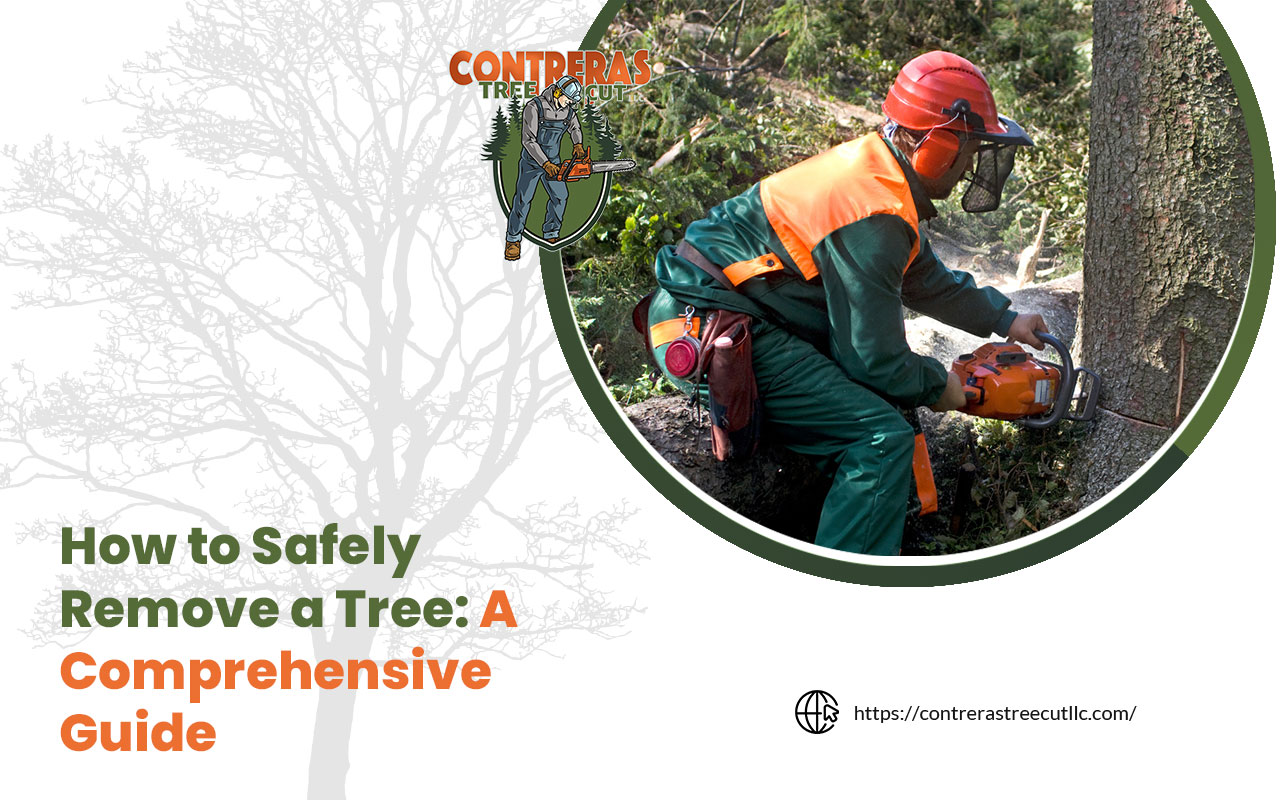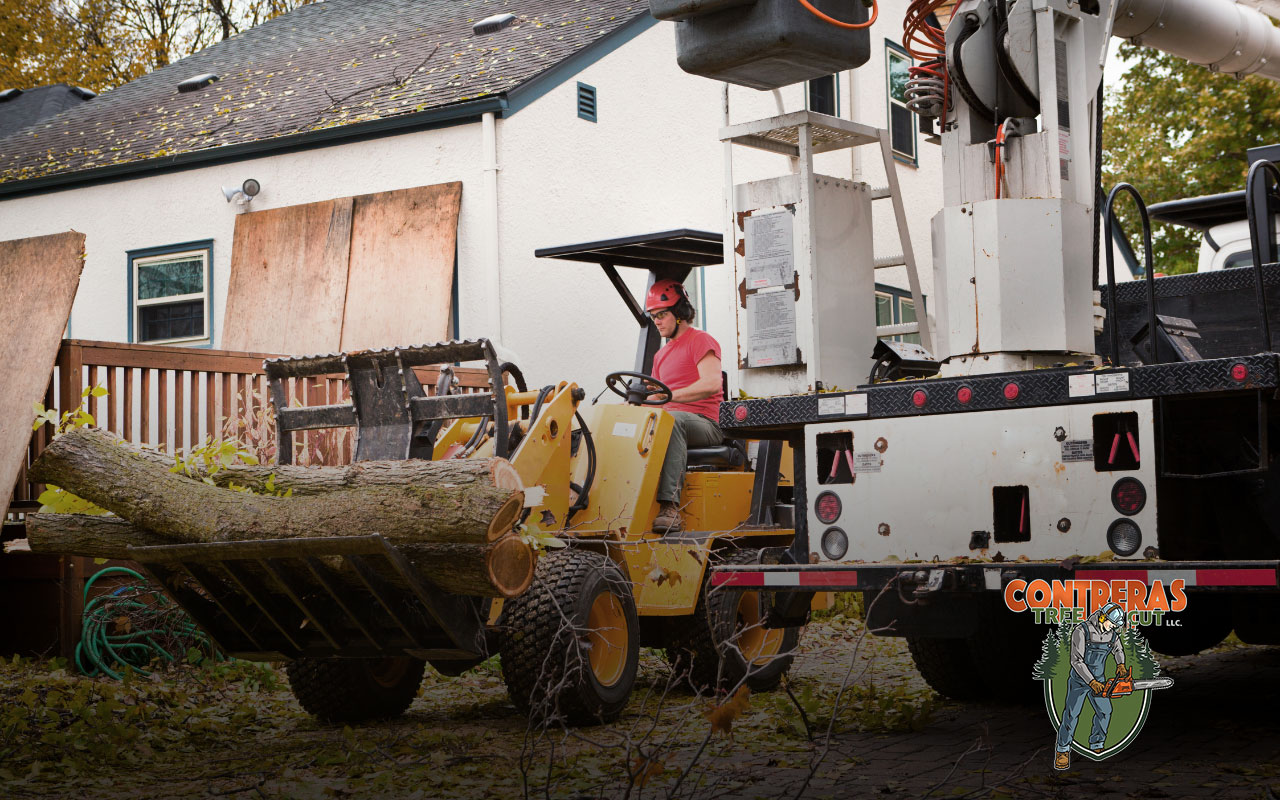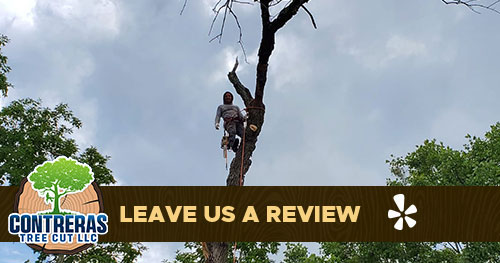
Are you wondering how to safely remove a tree from your property? Removing trees, especially large ones, can be daunting and hazardous. It requires careful planning and the proper techniques to ensure safety and efficiency.
This guide provides step-by-step instructions on tackling this job without risking personal injury or property damage. We’ll cover everything from assessing the tree’s condition to disposing of the debris. Let’s dive into the details and make your tree removal process as smooth as possible.
Steps for Safe Tree Removal

How to Safely Remove a Tree
Removing a tree from your property involves a series of crucial steps. Following these guidelines will help ensure a safe and effective removal.
Assess the Tree and Surroundings
- Inspect the Tree: Check for signs of disease or instability. Look for dead branches, hollow trunks, or leaning stances.
- Survey the Area: Ensure there are no power lines, structures, or other trees in the immediate vicinity that could pose risks during the removal process.
Plan Your Approach
- Choose the Right Tools: Depending on the tree’s size, you may need a chainsaw, ropes, and safety gear.
- Determine the Felling Direction: Decide the best direction for the tree to fall, considering natural lean and wind patterns.
Preparation for Cutting
- Clear the Area: Remove any obstacles from the fall zone to prevent accidents.
- Set Escape Routes: Establish two escape paths opposite the felling direction to use in case of an emergency.
Cutting Techniques
- Make the Notch Cut: This cut on the side of the tree should face the direction you want the tree to fall.
- Perform the Back Cut: This cut is opposite the notch and releases the stress on the tree, allowing it to fall.
Post-Removal Tasks
- Limbing and Bucking: Remove branches and cut the trunk into manageable sections.
- Dispose of Debris: Consider recycling options such as turning the wood into mulch or selling it for lumber.
FAQs About Tree Removal
- What is the best time of year to remove a tree?
Late winter or early spring is generally the best time, as trees are dormant.
- Do I need a permit to remove a tree?
Many localities require a permit for tree removal. Check with your local authorities.
- Can I remove a tree myself?
Small trees might be manageable, but professionals should handle large or hazardous trees.
Further Considerations
- Consult an Expert: Before you start, consult with an arborist. They can provide insights into whether the tree needs removal or might be saved through other means.
- Check for Wildlife: Ensure no wildlife habitats are disturbed during the tree removal. If nests are present, consider postponing until the young have fledged.
Safety First
- Wear Protective Gear: Wear safety goggles, gloves, helmets, and appropriate footwear.
- Be Aware of Your Surroundings: Continuously monitor the environment during removal to adapt to sudden changes.
Environmental Considerations
- Eco-friendly Disposal: Where possible, ensure the tree removal process is environmentally friendly. Use the wood for constructive purposes, like making furniture or donating it to local parks.
Wrap-Up
- Review the Work: After removing the tree, review the area to ensure all debris is cleared and the site is left in a safe condition.
Secure Your Safety with Professional Tree Removal
After undertaking a tree removal project, ensuring your property’s safety and well-being is paramount. By adhering to our detailed guide, you should now understand the importance of each step in the tree removal process. However, the complexity and risks associated with removing large or hazardous trees often necessitate professional expertise.
Still have concerns about tackling tree removal on your own? Don’t hesitate—reach out to us! Our skilled professionals are ready to assist you with all your tree removal needs, ensuring a safe and thorough job. Contact us today and secure your peace of mind with expert help.



